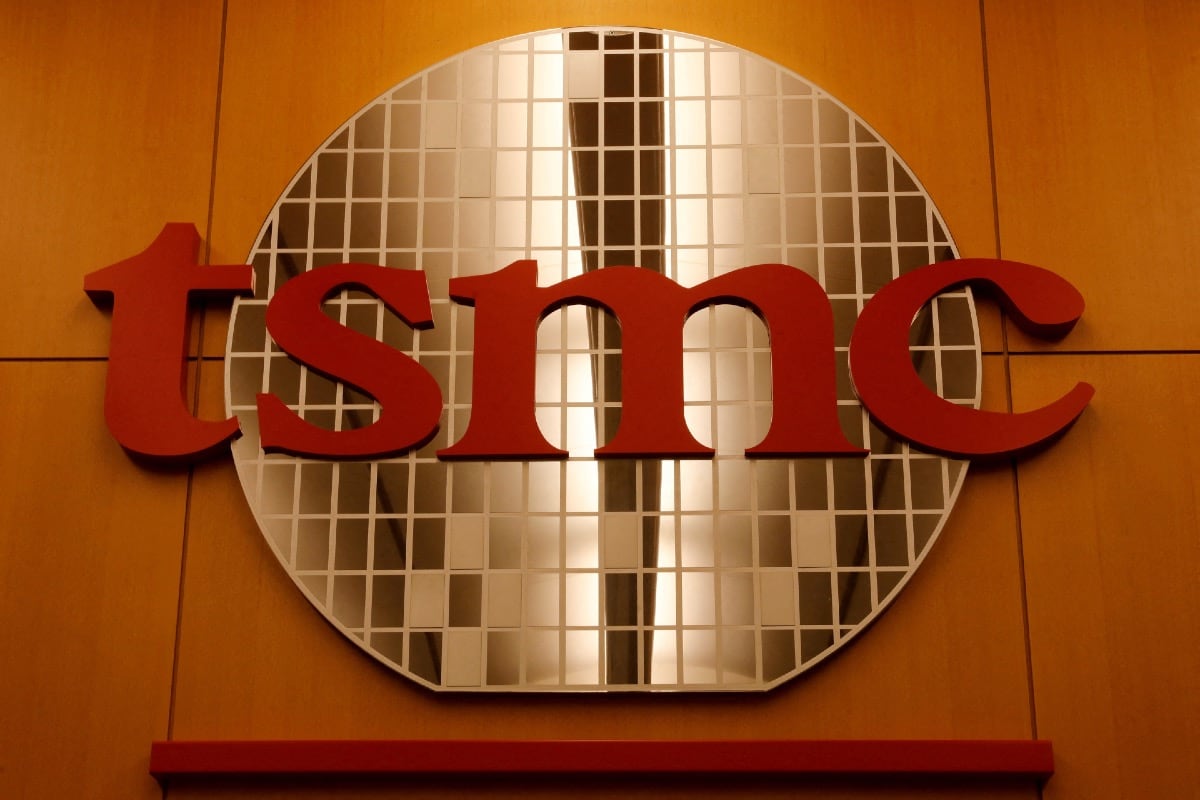Farallon Slab Beneath Midwest Pulls Crust Downward, Causing Widespread Thinning

An underground structure beneath central United States has been observed dragging surface materials deep into the Earth. This movement has been linked to an old piece of crust lodged far below the Midwest. Researchers have said this action is pulling rocks from across the continent towards a funnel-shaped region. It is believed this process is causing parts of the crust to thin as material is drawn downward. This phenomenon has been found to affect areas beyond the immediate region.
Underground slab tied to crust loss beneath Midwest
According to the study published in Nature Geoscience, the phenomenon has been tied to the remains of a long-subducted tectonic plate known as the Farallon slab. This slab, which sits around 660 kilometres below the surface, was identified as the driving force behind what scientists refer to as cratonic thinning. Cratons are known to be the stable core regions of continental crust and upper mantle that usually do not undergo change.
The seismic mapping project was led by Junlin Hua during his postdoctoral work at The University of Texas at Austin. He now serves as a professor at the University of Science and Technology of China. In a statement, Hua explained that a wide region is showing signs of thinning. He stated that the study has brought forward a new explanation behind this change.
New seismic method uncovers ‘dripping' lithosphere
To observe the changes taking place beneath North America, researchers used a method known as full-waveform inversion. This seismic imaging approach allowed them to map the subsurface in high detail. According to Thorsten Becker, Geophysics Chair at UT Austin, this technique offered a better understanding of the link between deep mantle regions and the lithosphere above.
Computer simulations were used to confirm the effect. When the slab was included, the downward movement was visible. When removed, no such feature appeared.










































